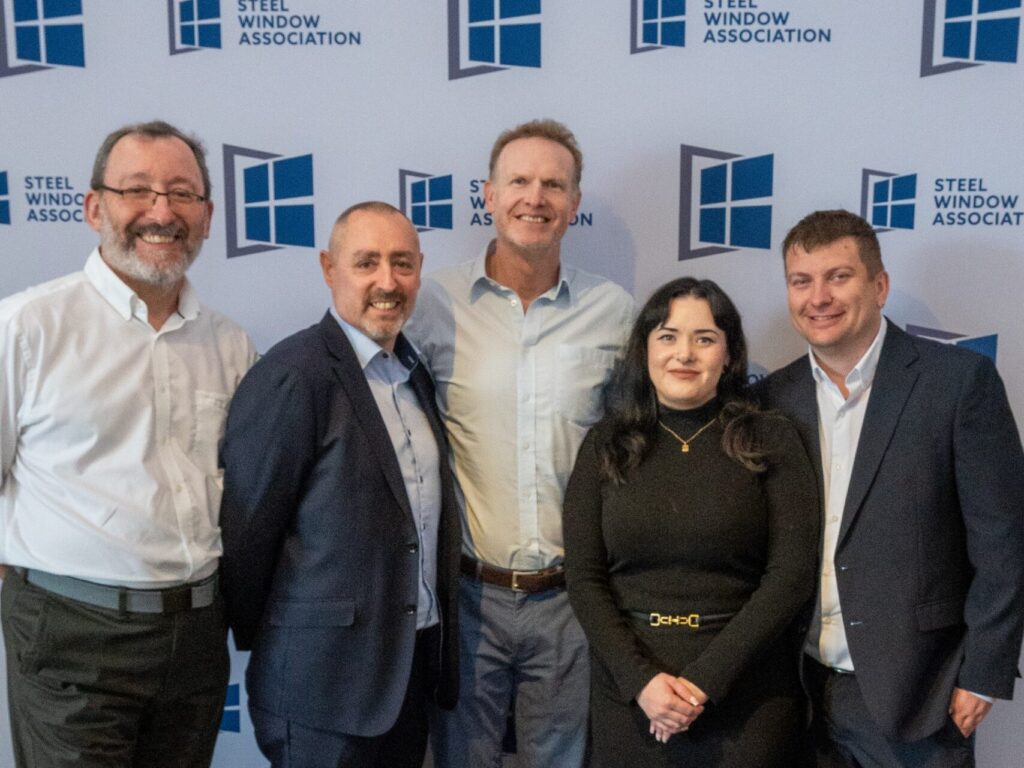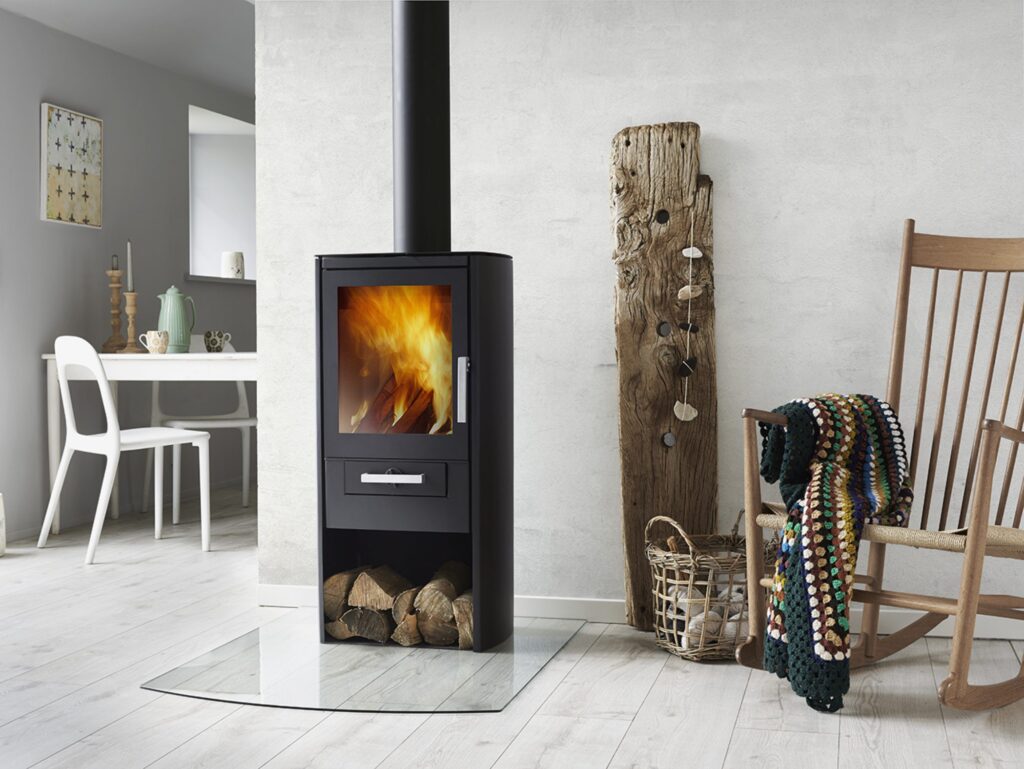Hi-therm + surpasses expectations
Keystone Lintels are proud to share how their Hi-therm lintel has surpassed the stricter requirements in Building Regulations Part L
Preparing our homes for a zero-carbon world has led to changes and more stringent requirements in Building Regulations Part L. The revised Part L includes tougher limits on carbon emissions for new build properties, with a 31% cut for dwellings compared to the previous version. These changes mean taking a more holistic approach to futureproofing homes, with measures built-in for the life of a building being one of the most effective ways to reduce energy consumption. Keystone Lintels explains why its award winning Hi-therm+ lintel is one of the best ways for housebuilders to address the issue of thermal bridging, which can impact significantly on a building’s fabric efficiency.
Today, almost all lintels in domestic-scale dwellings are made from steel for a number of reasons such as providing more design flexibility and easier onsite handling than other alternatives. However, steel has a high conductivity value and with lintels typically spanning across long lengths when you add them all up in a building, it’s no surprise that they contribute significantly to heat loss via thermal bridging. That heat loss will require energy to replace it and generating that energy will produce carbon emissions as a result. Therefore, considering the thermal performance of lintels at design and specification stage is more important than ever.
Thermally-efficient lintel
A new generation of lintels can make a critical difference to thermal performance. By incorporating a thermal break, these lintels will outperform and be much more thermally efficient than a standard lintel. In fact, they can generate up to 34% reduction in non-repeating thermal bridging. It’s why Hi-therm+ lintels use a patented combination of a polymer isolater and galvanised steel to bond the internal and external walls together by spanning the intervening gap. The polymer isolater provides a powerful thermal break in the lintel and virtually eliminates this key thermal bridge. As a result, Hi-therm+ lintels are up to five times more thermally efficient than a standard steel lintel. They are also available in the same lengths, sizes and loading capacities as the standard range of lintels.
Fabric first
Hi-therm+ is a very cost-effective solution, particularly if we look beyond the unit price, as getting the fabric right will save energy throughout the entire life span of the house. For example, in a comparative case study for a house type, using a one-piece lintel would incur less than 20% of the cost of increasing the cavity width by 50mm for the same saving in CO2.
When compared to more costly renewable technologies, which have a limited lifespan and risk a significant increase in CO2 emissions from a development once they reach end of life, fabric first is the secret to improving thermally-efficient building envelopes. With energy costs showing little sign of abating, we must use the best and most suitable materials to create an energy efficient, high performance building fabric. By getting the details right at the earliest stages of the design process we will ensure housebuilders and specifiers comply with the new and latest regulations.
For more information and to find out more, visit Keystone Lintels.
Read more news and exclusive features in our latest issue here.
Never miss a story… Follow us on:
Showhome
@Your_Show_Home
@Showhomemag
Media Contact
Joseph Clarke
Editor, Showhome
Tel: +44 (0) 1622 823 920
Email: [email protected]











